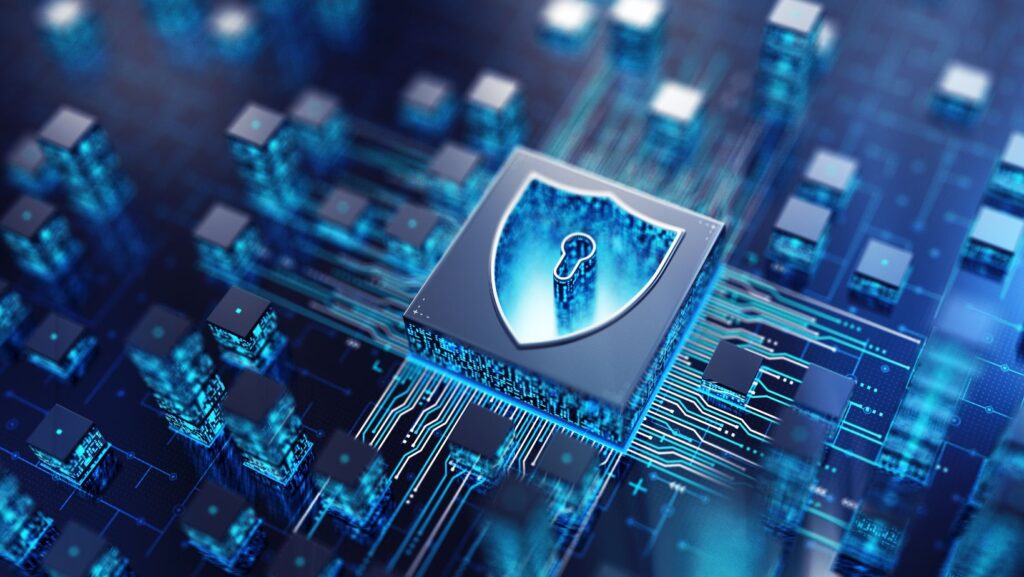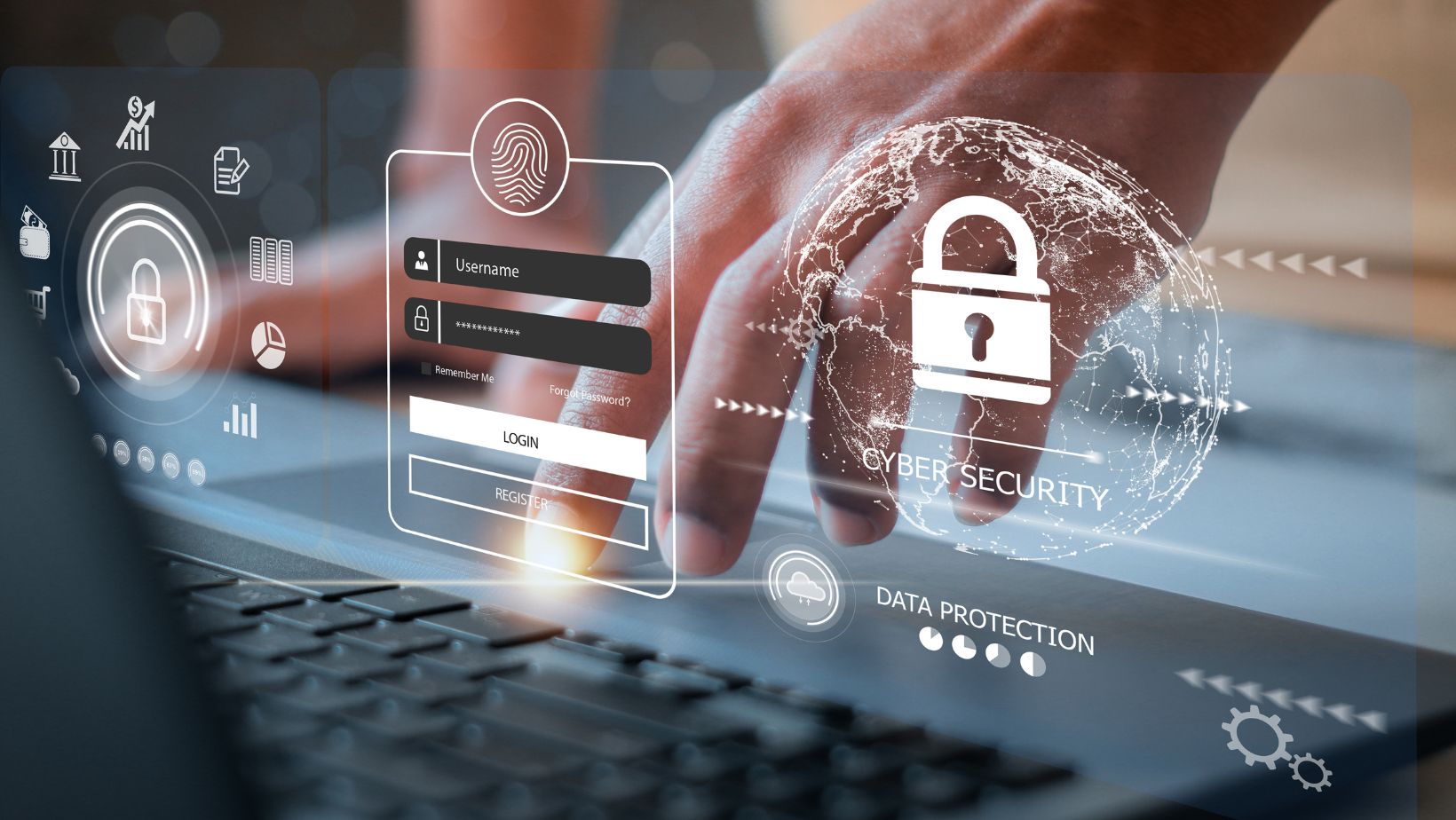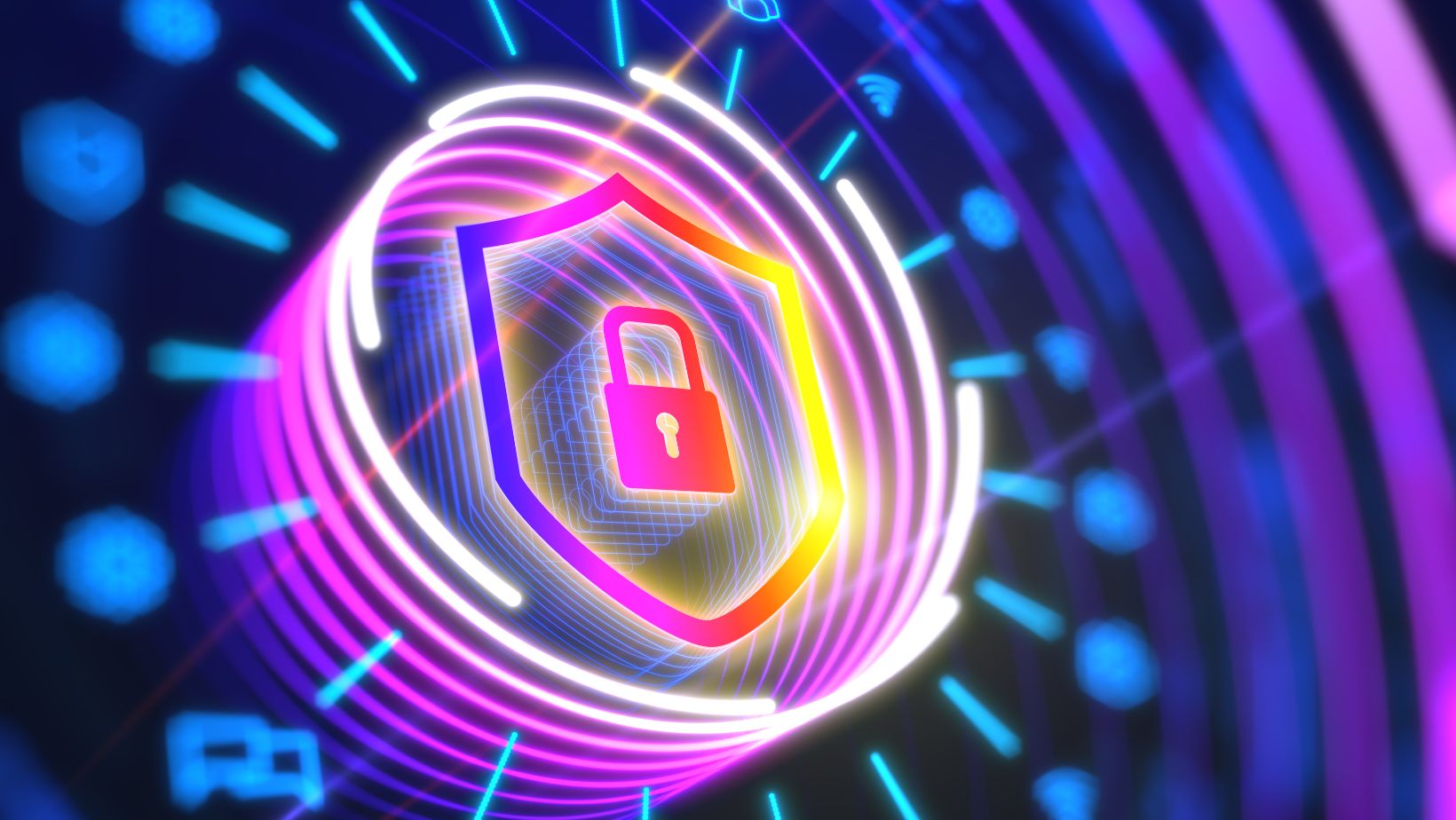
Key Takeaways
●Defining cybersecurity and its crucial role in protecting information in the digital age.
●Analyzing how cyber threats have evolved and why updated security measures like enhanced verification are crucial.
●Understanding different enhanced verification techniques and their integration into cybersecurity strategies.
● The interplay between human preparedness and technical solutions in achieving effective cybersecurity.
The Basics of Cybersecurity: Definitions and Significance
Cybersecurity, as an integral component of modern society, is defending electronic systems, networks, and data from malicious attacks. It is designed to maintain information confidentiality, integrity, and availability, mitigating the risk of hacking, data breaches, and other cyber threats. At its core, cybersecurity is about protection—shielding our digital lives from the dangers lurking behind screens and across networks. It incorporates various technologies, processes, and controls to protect systems, networks, and data from cyber-attacks. Secure networks, systems, and technologies are shielded from unwanted use and cyberattack danger by implementing cybersecurity measures.
The Evolution of Cyber Threats: Staying One Step Ahead
Just as medicine engages in a never-ending battle with evolving viruses, so does cybersecurity with constantly shifting cyber threats. The threats that sought to penetrate digital defenses in the past were relatively straightforward and could often be contained with basic security measures. Today, however, cybercriminals employ sophisticated tactics like ransomware, spear-phishing, and advanced persistent threats. These dangers necessitate a predictive approach, and Fortinet’s vulnerability protection is capable of withstanding the increasingly creative arsenals of cyber adversaries. It is imperative to stay updated about any changes in cyber threats.
Enhanced Verification: Layers of Digital Protection
Enhanced verification builds on the idea that additional layers of security can significantly increase the difficulty for unauthorized actors in gaining access to sensitive systems or information. A security mechanism called multi-factor authentication, which demands several forms of identity before granting access, embodies this idea. In simple terms, enhanced verification adds depth to the security process, introducing hurdles far more challenging for cybercriminals to clear. Techniques such as two-factor authentication (2FA), which might involve a password and a one-time code sent to a user’s mobile device, are no longer just recommended practices but have become industry standards. That’s exactly what Hari Ravichandran is fighting for with his company Aura, where he points out that digital security is vital, particularly for business.
Types of Enhanced Verification Techniques
The category of enhanced verification encompasses various methodologies, each with its specific applications and benefits. One common type is biometric authentication, which verifies identity through distinctive physical traits like fingerprints or facial recognition. On the behavioral front, keystroke dynamics and gait analysis present novel, less invasive methods for confirming a user’s identity.

Another approach is using security tokens—physical devices that generate one-time passcodes or must be connected to a system to gain access. Despite their differences, these methods share a common goal: providing a verification mechanism significantly resistant to spoofing or hacking attempts.
The Human Element: Education and Training in Verification Protocols
Technology is only as strong as the individuals who use it – human element cannot be overlooked. This means that while a reliable IT service provider in Vaughan further fortifies and manages cybersecurity measures for your Vaughan business, users still need proper education and consistent training to handle the enhanced verification mechanisms effectively, and most of the time, your partnered service may do the training for you. Individuals and organizations are responsible for ensuring that their staff members are kept up to date on the most recent security procedures and recognize the significance of adhering to them. An educated workforce is the first line of defense against cyber incursions. Companies interested in bolstering their defenses through robust training programs can look to resources provided by NIST to sharpen their strategies.
Integrating Enhanced Verification in Business Security Strategies
Adding enhanced verification to a company’s security plan is a complex process that needs to be carefully thought out. Organizations must assess their current security posture, pinpoint vulnerabilities, and determine the most appropriate enhanced verification solutions that align with their needs and resources. While some may opt for a more traditional software-based approach, others prefer innovative hardware solutions. Regardless of the choice, the objective remains the same—strengthening the security framework to deter unauthorized access and prevent data compromise. This proactive step goes a long way in fostering customer confidence and preserving the integrity of digital operations.
The Future of Cybersecurity and Enhanced Verification
The interplay between cybersecurity and technological innovation drives the field towards ever-greater sophistication. The possible limits will be redefined by integrating machine learning and artificial intelligence (AI) into enhanced verification techniques. These advancements promise to streamline authentication processes, improve accuracy, and adapt in real time to emerging threats. However, organizations must be prepared to evolve alongside these innovations, implementing them responsibly and ensuring they uphold the highest security standards. By anticipating and adjusting to these shifts, we can create more robust and secure digital ecosystems, which will determine the future of cybersecurity.
Overcoming Barriers to Implementing Enhanced Verification
Despite the clear benefits of enhanced verification, various obstacles can impede its adoption. For example, small and medium-sized enterprises (SMEs) may find the expenses associated with sophisticated cybersecurity measures daunting. There may also be resistance from users who are uncomfortable with newer technologies or from within an organization’s culture that is resistant to change.

These barriers can be surmounted by addressing these challenges directly—through education, clear communication, and strategic planning. It is vital for the broader adoption of enhanced verification that businesses and their stakeholders understand that the investment in cybersecurity is an investment in the future stability and prosperity of their operations.
The Role of the Public Sector in Cybersecurity Verification
The synergy between private innovation and public policy is critical in shaping a robust cybersecurity landscape. Governments worldwide recognize the dramatic implications of cyberattacks on national security, economic stability, and public welfare. Consequently, they have taken an active role in establishing cybersecurity guidelines and supporting the development of advanced verification protocols through research funding and policy-making. Creating cybersecurity frameworks and incentivizing public-private partnerships are pivotal in forging a more secure digital future. Such collaborations benefit individual enterprises and the broader society by establishing standards that protect citizens and infrastructure.
As we navigate the complex web of information security, the role of enhanced verification in cybersecurity has become more relevant than ever. The promise of a safer digital tomorrow becomes a more attainable goal through the convergence of technological robustness and human ingenuity. And while challenges persist, the combined efforts of multiple stakeholders provide a firm foundation for continued progress in the fight against cybercrime.












